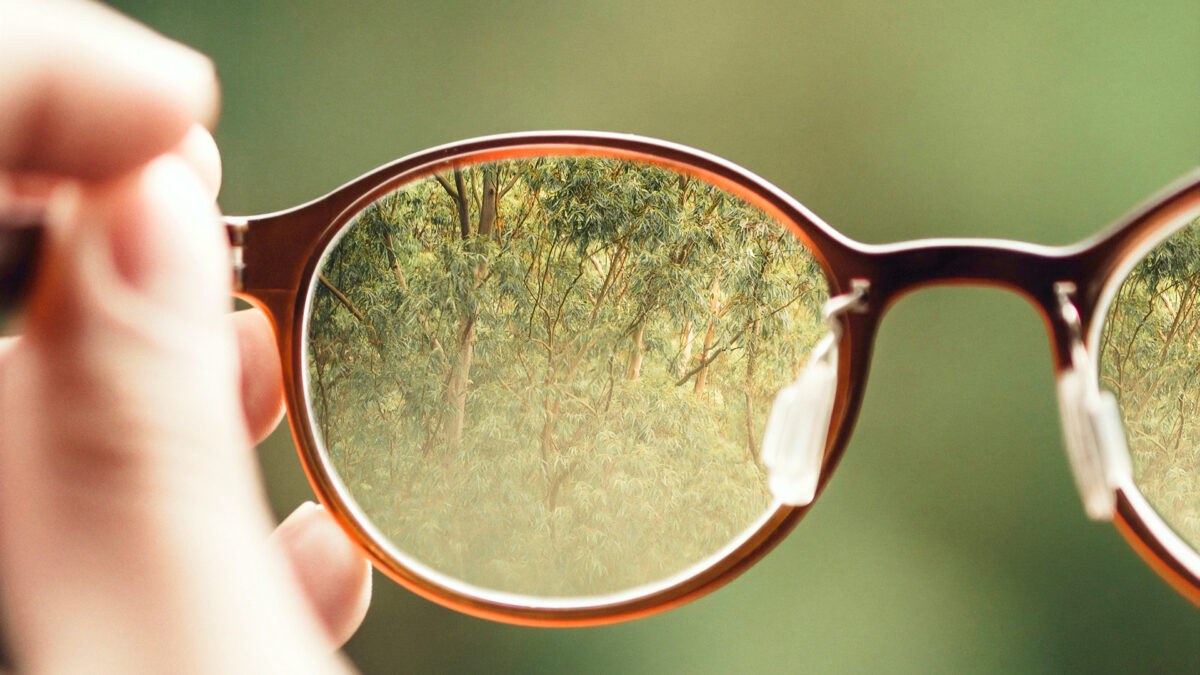


With screen usage skyrocketing, scientists and eye care professionals have discovered that viewing morning light is the secret to strengthening and maintaining the health of your visual system.
The 2022 Vision Index showed that Australians have more than doubled the amount of time they spent with their eyes glued to the screen in the past 12 months, and a majority of respondents admitted spending up to eight hours a day on their devices or watching television.
American neuroscientist and tenured professor of neurobiology and ophthalmology at Stanford University School of Medicine, Andrew Huberman, recently won the Cogan Award for making the most significant discoveries in the study of vision.
He shared some of his top ways to improve your eyesight:
The best way to maintain healthy eyesight throughout your lifespan is by viewing sunlight early in the day because this regulates your circadian rhythm via sunlight exposure.
“Exposure to bright light activates the cells in the eyes that adjust the lens, bringing nutrients to the structures and reducing the chance of developing myopia or nearsightedness,” Huberman explained based on a study published in Neuron.
Light not only relaxes your eyes and preserves vision but also has tremendous positive effects on mental and physical health, including the brain, mood, and metabolism.
He recommended getting five to ten minutes of bright light every morning to get the most out of this.
On cloudy days, there is still enough sunlight to trigger positive effects, but you’ll need to increase the time outside to at least 15 to 20 minutes.
“Face toward the sun. Never look directly at the sun or view the sun (or any light) in a way that causes pain; just close your eyes and blink as needed to protect your eyes,” he added.
Aside from getting sunlight, practicing panoramic vision, where you look out a window or go outside and do not focus on anything, can also help prevent your eyes from getting stuck in a configuration of looking at things up close.
“That involves both the lens moving and getting thicker and relaxing that lens. The relaxation of the lens is one of the best things you can do for the musculature of the inner eye,” Huberman said.
For every 30 minutes of focused work, look out and relax your face and eye muscles, including your jaw muscles.
Refocus at least every 90 minutes if you are looking at things up close or at a phone or computer screen by spending at least 20 to 30 minutes outside each day, if possible, and practice non-up close vision.
If you cannot go outside, you can get to a window or a balcony and just let your eyes relax.
Ideally, you would open the window as the window filters out the blue light and sunlight that you need during the daytime.
These exercises are great for keeping the extraocular muscles—the muscles that control the movements of the eyes—conditioned and strong.
“I prefer that people get out into the real world and experience smooth tracking of visual objects,” Huberman said.
“There’s a good reason to go to a hockey game and keep your eyes on the puck, watch live sports, or watch a tennis match like a cat, watching the ball go back and forth.”
If this is difficult, then train your accommodation mechanisms by visually tracking a ball or pen by looking at it up close for five to 20 seconds, then slowly moving it at arm’s length and refocusing on it.
Do this for five to ten minutes three times a week.
“This is a lot like the visual training that’s done post-concussion to try and repair the balance, motor, visual, and cognitive aspects of the brain,” he said.
For those who wake up later in the day or miss getting outside early in the morning, try going out in the afternoon.
The wavelengths of the sun, when it is low in the sky, come through even if it is overcast.
The afternoon sunlight serves as a second anchor point for your brain and body to know the time and helps to maintain the consistency of your circadian clock.
Afternoon sunlight is known to reduce some of the ill effects of late-night brightness from artificial sources.
“It is really worth preserving your vision, and if you’re a young person, this is great for building an extra strong visual system,” Huberman said.
Huberman has made many contributions to the brain development, brain plasticity, and neural regeneration fields.
He has spent the past 20 years unravelling the inner workings of the visual system based on established and emerging science.


